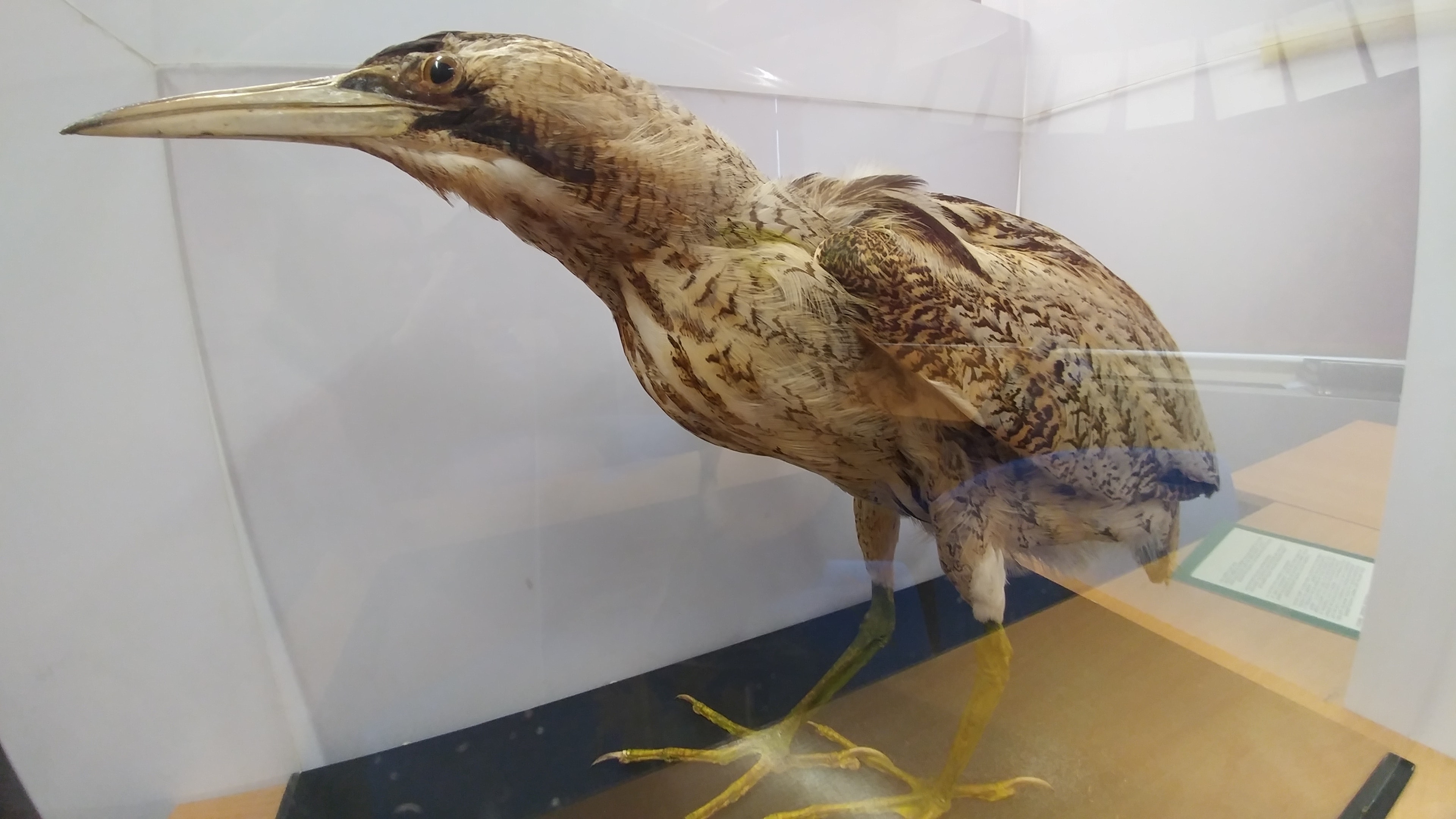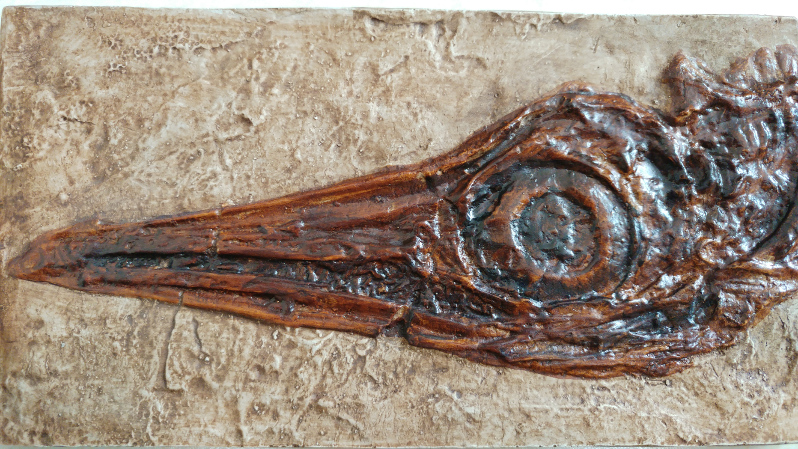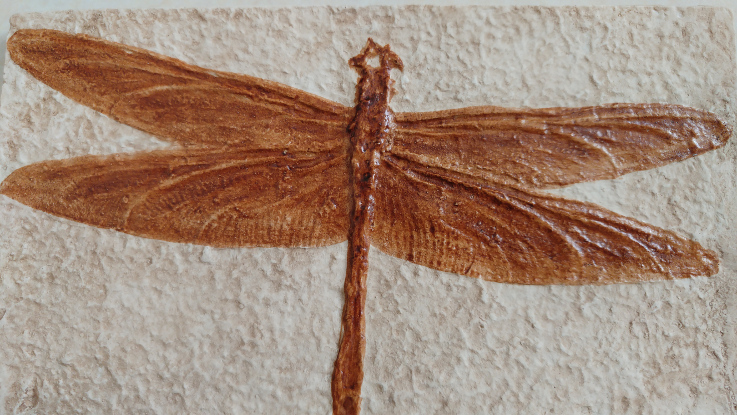Bird Collection: Bittern

This Bittern is part of our Science Department Collection.

This Bittern is part of our Science Department Collection.
 This nautical sextant is part of our Science Department collection.
This nautical sextant is part of our Science Department collection.
A sextant is an instrument that measures the angle between two objects that are visible. Primarily, it is used to measure the angle between a celestial body and the horizon. The angle measured and the time at which it was measured is then used to identify the location of the user on the grid map of the world.
The principle of the instrument was invented by Sir Isaac Newton during his life time but the actual tool was developed later on by John Hadley and Thomas Godfrey in 1730.
The sextant consists of a telescope, a horizontal mirror which the telescope "looks" through, and a moving arm on which the index mirror is fixed. By manipulating this arm a star or other celestial body can be made to appear on the horizon. Accurate adjustments are made by means of a micrometer knob. The angle can then be read off the arc and micrometer. The shades are used when the object being looked at is bright - such as the sun.
 This is a replica fossil of a "stenopterygius skull" of a juvenile icthyosaur. It is an extinct genus of thunnosaur ichthyosaur known from Europe. it is part of the Science Department collection.
This is a replica fossil of a "stenopterygius skull" of a juvenile icthyosaur. It is an extinct genus of thunnosaur ichthyosaur known from Europe. it is part of the Science Department collection.
Its skull was extended into a kind of a beak and was armed with a quantity of large teeth.
It spent most of its life in the open sea, where it hunted fish and other animals. The abdominal cavity of skeletons of this ichthyosaur often contains the remains of such food. One famous fossil is that of a mother and baby that died in childbirth. This proved that ichthyosaur infants were born tail-first, to prevent them from drowning before fully clearing the birth canal.
Stenopterygius was a very fast swimmer, with a cruising speed similar to that of tuna, which is among the fastest of all living fishes.
 This is a replica fossil of a "protolindenia wittei" dragonfly that lived in the Jurassic period around 135 million years ago. These dragonflies had wingspans of about 15cm. It is part of the Science Department collection.
This is a replica fossil of a "protolindenia wittei" dragonfly that lived in the Jurassic period around 135 million years ago. These dragonflies had wingspans of about 15cm. It is part of the Science Department collection.